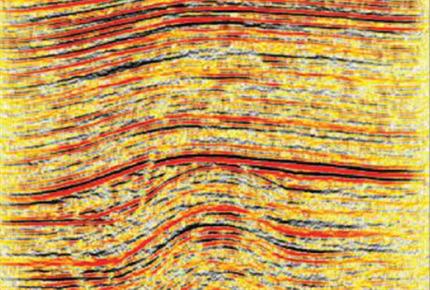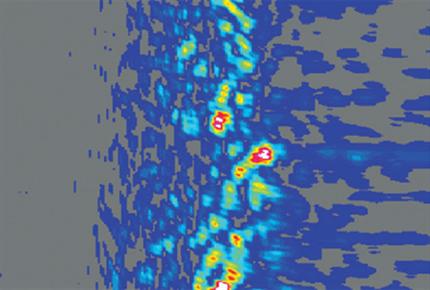Omega Extended Interbed Multiple Prediction (XIMP)
Extended internal multiple prediction (XIMP) is a data-driven demultiple algorithm that attenuates interbed multiples. Attenuation of interbed multiples poses a unique challenge because these multiples arise from seismic reflections bouncing between closely spaced geological beds, resulting in multiples that have little—if any—velocity or moveout discrimination from the primaries that generated them.
Differentiate interbed multiples
Interbed multiples, which mainly contaminate land datasets, are more difficult to address than surface-related multiples. Interbed multiples generally appear to be very similar to the primaries because of their comparable velocities; they are therefore difficult to differentiate, especially in areas with relatively flat geology. XIMP handles this challenge by generating a true azimuth interbed multiple model that can be removed using various adaptive subtraction techniques.
XIMP is able to handle any acquisition geometry, and predicts multiples at true azimuth. This is particularly important for rich-azimuth land acquisition. When used in conjunction with 3D surface demultiple techniques, the result is a much better representation of the primary energy.
Features
- Provides data-driven internal multiple prediction algorithm with a minimum requirement for a priori information
- Relaxes the periodicity and velocity discrimination requirements of regular demultiples
- Works on any acquisition geometry and predicts multiples at true azimuth
- Accurately predicts complex multiples
- Produces an accurate estimate of the multiple energy in the data
- Removes multiples using adaptive subtraction techniques
- Does not require shot interpolation, regularization, or near-offset reconstruction





















